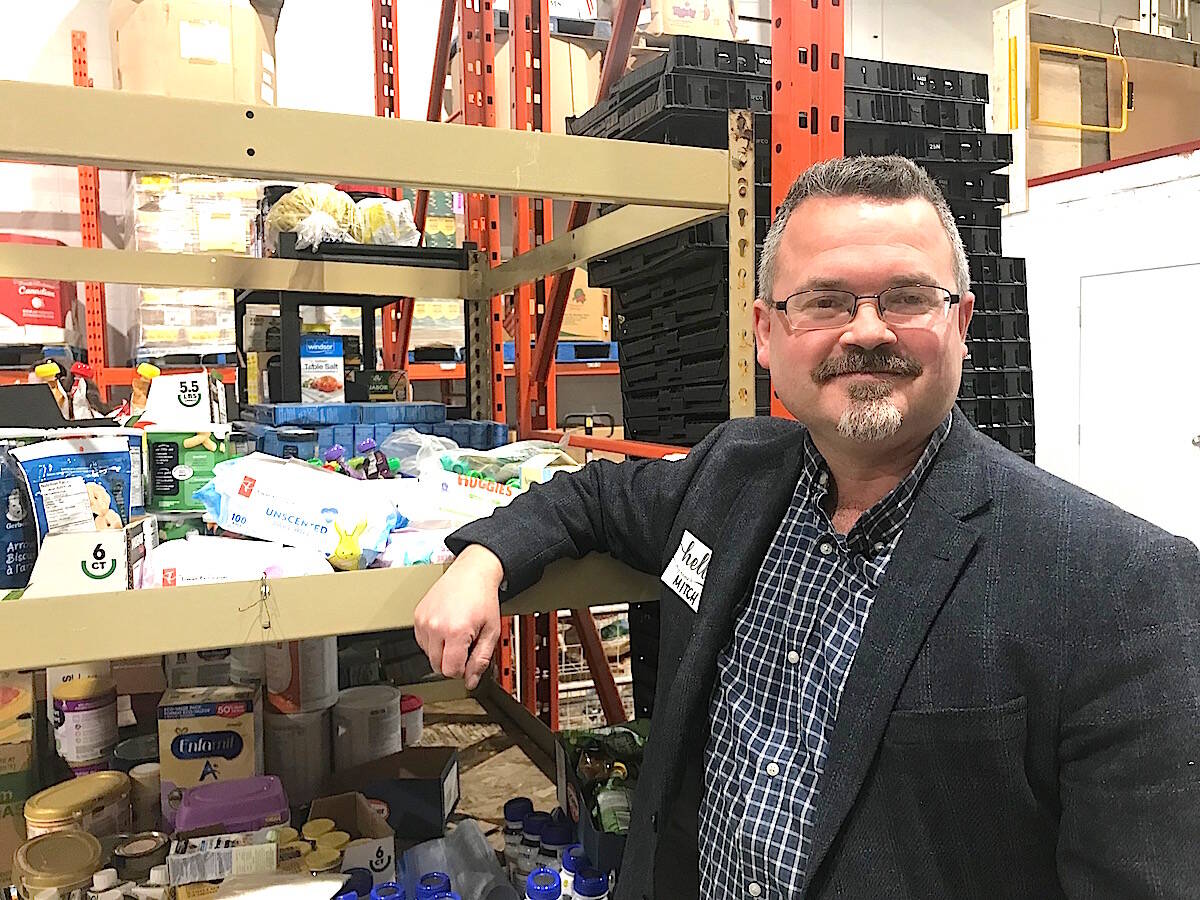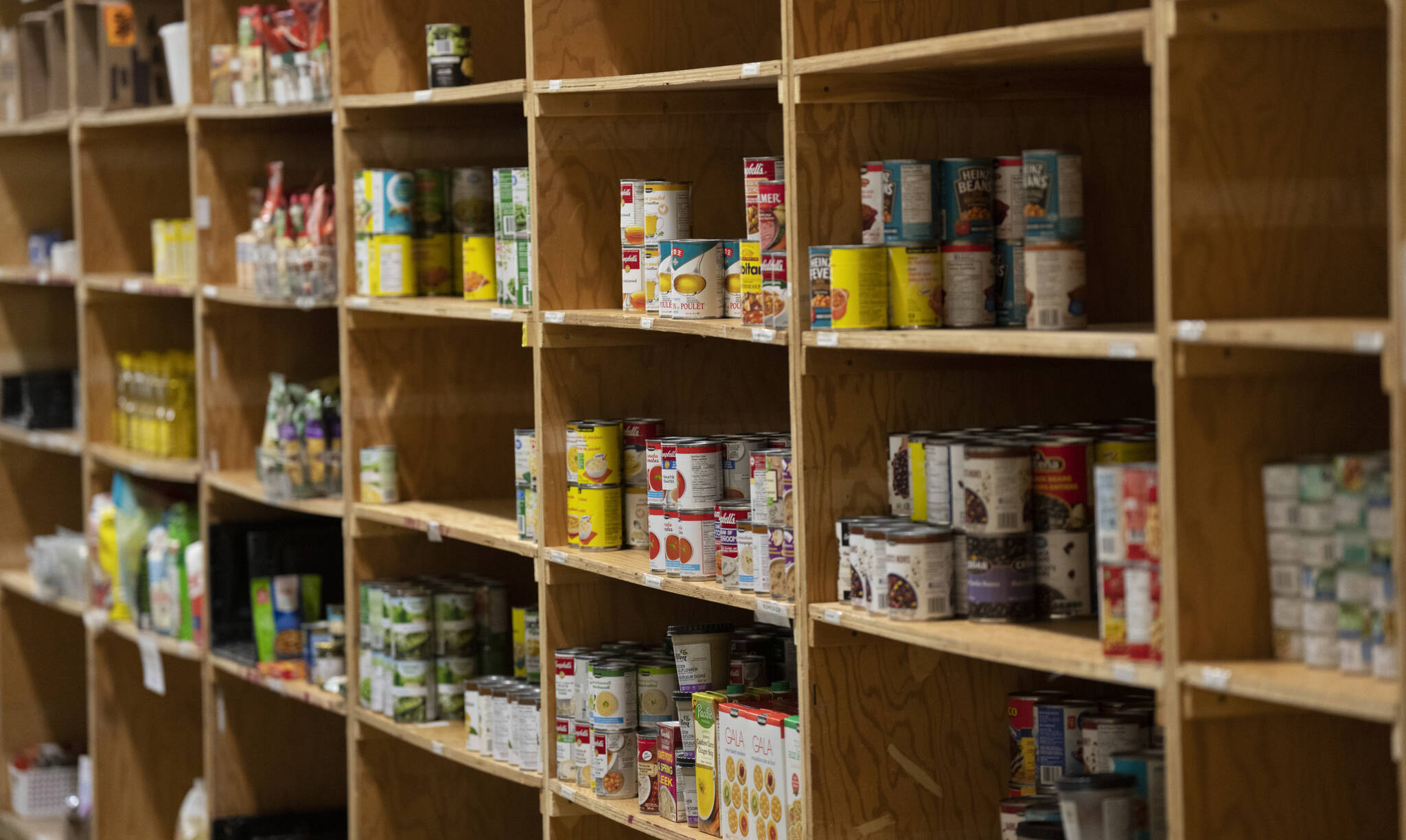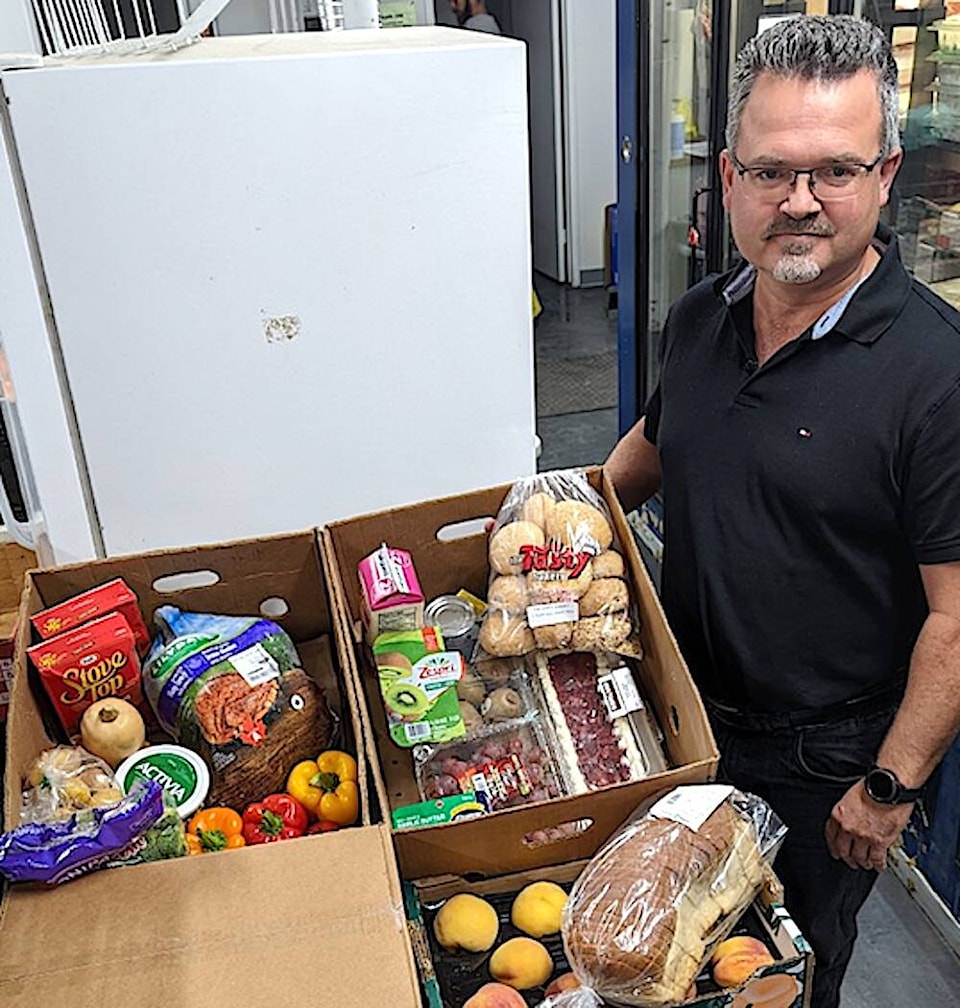Albertans have the highest food insecurity in the country, based on the 2022 Food Banks Canada’s National HungerCount report.
On paper, this province’s standard of living looks good: Albertans have the lowest fuel and housing costs in the country and our unemployment rate is going down.
But something’s not adding up — and it points to many people living on low wages and not having much disposable income, said Arianna Scott, CEO of Food Banks Alberta on Thursday.
Alberta used to be number five or six for highest food bank use, per capita, in Canada a few years ago, but now it’s at number one, said Scott, who is particularly concerned about the high number of working people and homeowners who are having to use food banks.
Of Alberta’s food bank clients, 11 per cent own their homes, compared to just 7.8 per cent in the national average.
Also, 20 per cent of Alberta’s food bank users are employed — which is up five per cent from 2021.
These statistics do not surprise staff at the Red Deer Food bank, who served as many people in the first nine months of 2022 as in all of 2021.
“Alberta is in a social crisis,” said Red Deer Food Bank CEO Mitch Thomson said on Thursday.
“We are seeing more homeowners, more double-income families, more individuals that are fully employed accessing our services and are eligible because of emergency scenarios,” added Thomson — as well as students, seniors and disabled people on fixed government benefits who can’t keep up with rising food and fuel costs and volatile utility bills.
With inadequate government supports to manage the pressures of climbing interest rates and inflation, Thomson believes mental health is a growing concern.
MORE:
-Red Deer food bank struggling
Eight-hundred hampers a month have been prepared at the Red Deer Food Bank since last Christmas, but about 3,400 people a month are served with extras such as bread and vegetable pick-ups.
Staff at the Red Deer location, as with other food banks across the province, are now seeing previous donors come in as clients who can’t cover their expenses. Thomson believes this situation stems from many people’s wages not being able to stretch far enough to cover rising utility bills and interest rates on mortgages and inflated prices in grocery stores.
Many Albertans were unemployed for years after the 2014-2017 downturn in the oilfield. And while they may have new jobs now, they have not been able to dig themselves out of debt yet, said Scott.
The effect on families is dire since Alberta also has the highest number of children who depend on food banks for daily sustenance.
“We knew from our members that the numbers were high, but there’s something jarring about the fact that Alberta — one of Canada’s wealthiest provinces — has seen a 73 per cent increase in food bank use over the past three years,” said Scott.
“I think it sheds light into just how much people are struggling… People are working, and they still aren’t able to make ends meet. This is an Alberta problem.”
She wants the provincial government to increase financial supports, especially for people on fixed incomes, such as seniors and people with disabilities.
She also urges the government to look at ways of lifting some of the financial burden many families are facing, perhaps by giving non-refundable tax credits for buying made-in-Alberta beef, pork, canola and other products.
Scott is also advocating for more support to local food banks, such as qualifying to receive FCSS grants.
Thomson is hoping to get a lot more donations in the lead-up to Christmas to help fill hampers throughout the lean winter months, when food bank usage traditionally increases. Right now, donations and fundraising proceeds are down because many people are having trouble putting food on their own tables, he said.
“At the food bank level, our purchasing power has decreased, as we are not immune to the increased cost of food, either. That means we are trying to do more with less. We don’t know what’s next.”
lmichelin@reddeeradvocate.com
Like us on Facebook and follow us on Twitter


